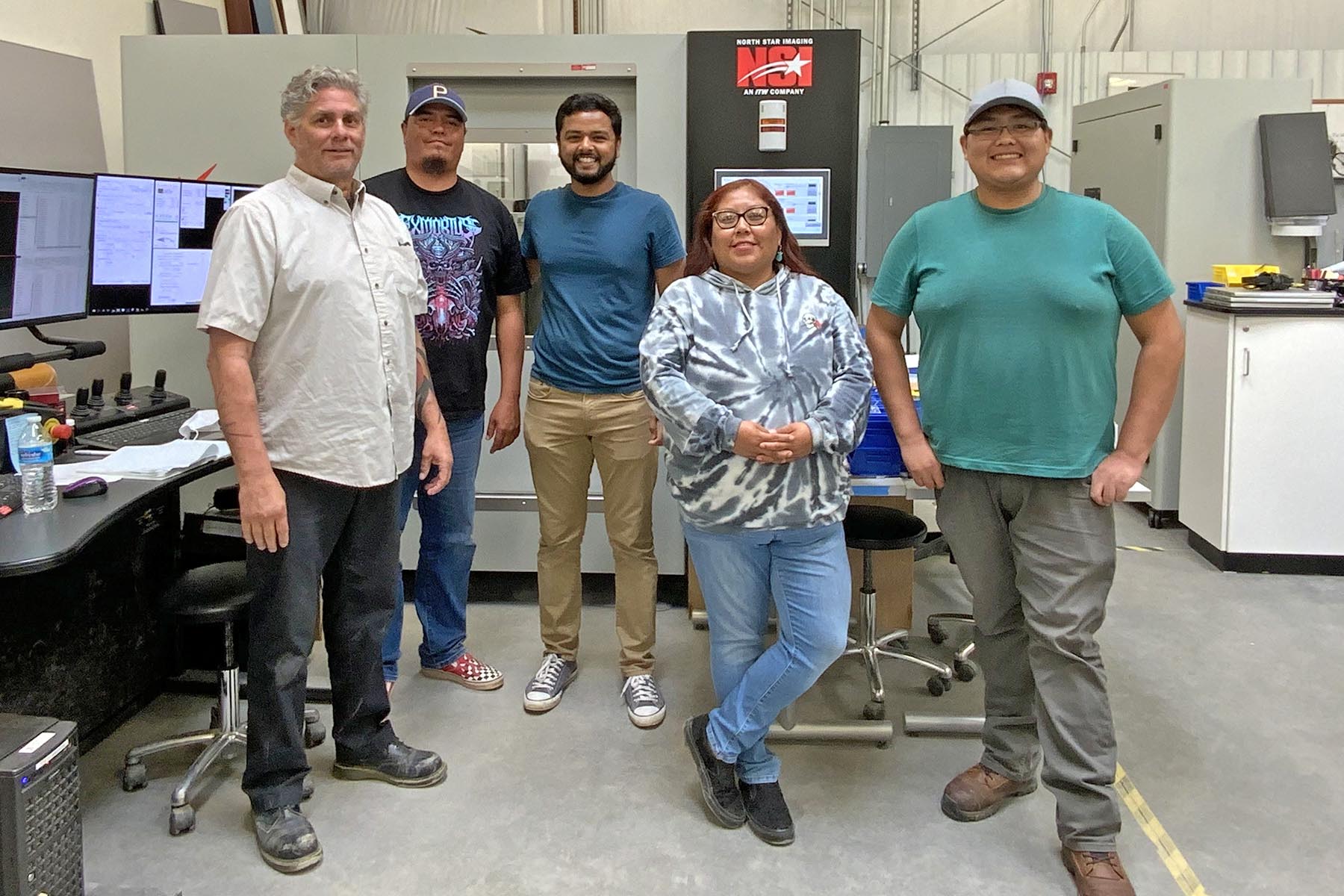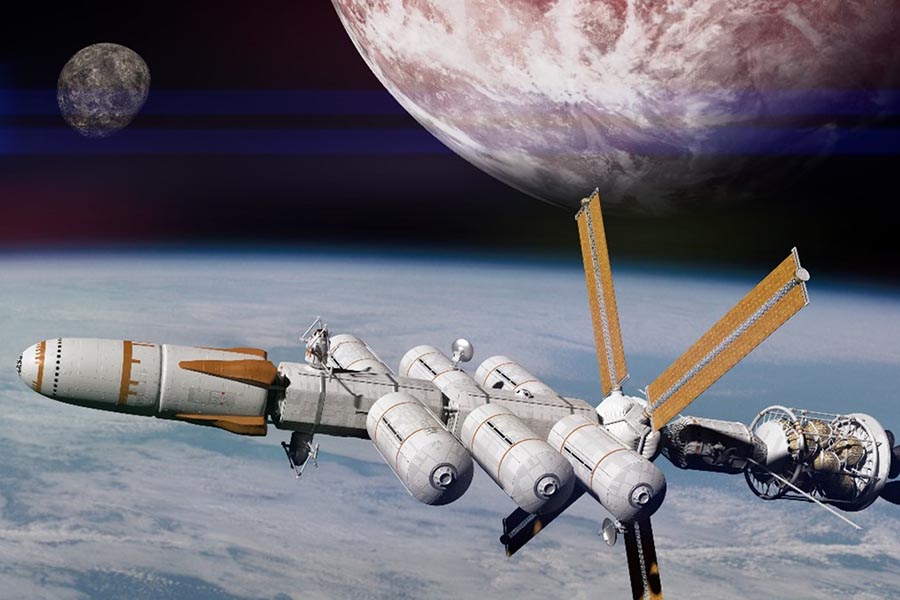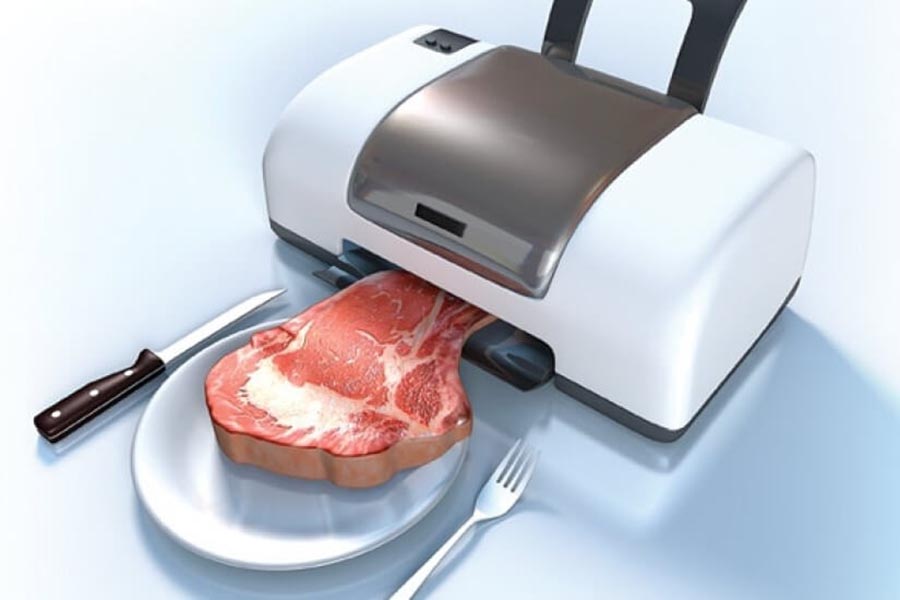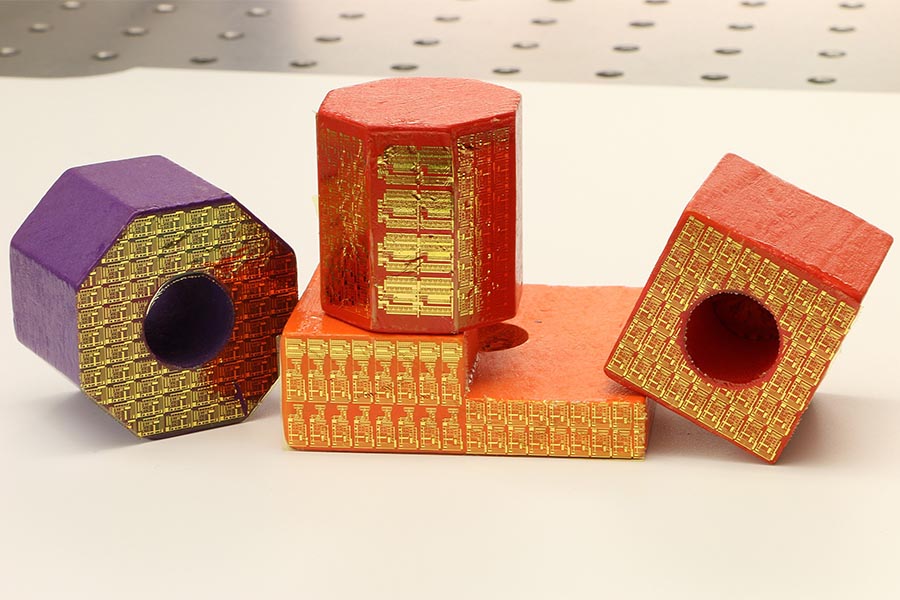Design & Manufacturing
If you want to build it, first you’ve got to design it. That’s why Design & Manufacturing is such a vital aspect of engineering research at Purdue, discovering the ideals for mechanical systems, computational models, and human ergonomics.
Human beings and machines are interacting in new and unique ways in the 21st century. In one Purdue lab, researchers use toys and video games as a vehicle to study how humans utilize creativity in the smartphone era. In another, faculty are studying materials at the nanoscopic level, to determine how best to manufacture the nanomaterials of the future. Another lab compares traditional manufacturing techniques with open-source culture, mapping out new paradigms for social and technical systems.
Design also collaborates with and strengthens other areas of engineering, like biomechanics, robotics, manufacturing, and vehicles.
Faculty in Design & Manufacturing
- Renewable Energy Materials (physics-based energy yield predictions, sustainable PV and energy storage materials, recycling)
- Electro-Optical-Thermo-Mechanical Reliability (in-situ and in-operando accelerated stress tests)
- Heterogeneous Integration & Advanced Packaging (sub-10 μm pitch interconnects, low-loss interposers)
- Harsh Environment Electronics Integration (high temperature Pb-free solders and nano-thermal interfaces)
- Thermal stresses, thermal fracture and fatigue of advanced materials, in particular high temperature materials, ceramic coatings.
- Mechanical behavior, design and remodeling of biological tissues, effect of stresses on remodeling, microbiomechanics of cell-extracellular matrix (ECM) interactions, tissue engineering
- Bio-inspired designs
- Surface engineering and multifunctional materials
- Convergent Manufacturing for Industry 5.0: hybrid manufacturing processes, heterogeneous materials, and bio-inspired designs
- Systems integration, productization, and production
- Heavy-duty machines: machining, lubrication, and corrosion
- Heterogeneous and hierarchical integration (mechanical-electrical-optical and nano-micro-meso-macro)
- Precision agricultural and food: cellular agriculture, vertical farming, micro-production, and resilience
- Frugal engineering, social innovations, and social equity
- Manufacturing in space
- Contact mechanics
- Stresses, fatigue and friction of rolling/sliding
- Micro-mechanics of boundary and mixed lubrication regimes
- Spall initiation and propagation
- Surface science and damage
- Dynamics of ball and rolling element bearings and rotating systems
- Friction induced vibration and squeal in dry contacts
- Friction and wear of dry and lubricated contacts
- Virtual tribology
- Dry and lubricated fretting wear
- MEMS for in-situ monitoring of tribological contacts
- Discrete element modeling
- Design
- Computational and experimental solid mechanics focused on fatigue, fracture, and multi-physics phase evolution problems
- Computational techniques including Finite Element Analysis (FEA), Isogeometric Analysis (IGA), geometric modeling, CAD and optimal design
- Heterogeneous Integration and Advanced Electronics Packaging with a focus on thermomechanical behavior, reliability, and electrical-thermal-mechanical co-design
- Deformation, stress, plasticity, fracture
- Multiscale modeling, first-principles, molecular dynamics simulations, and finite element modeling
- In-situ experiments
- Mechanics of redox active materials - Li-ion batteries, Na-ion batteries, all-solid-state batteries
- Mechanics of polymeric materials - organic electrochromics, superelastic organic semiconductors









